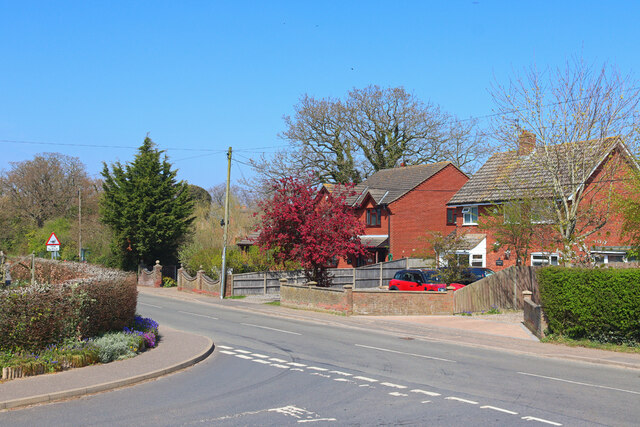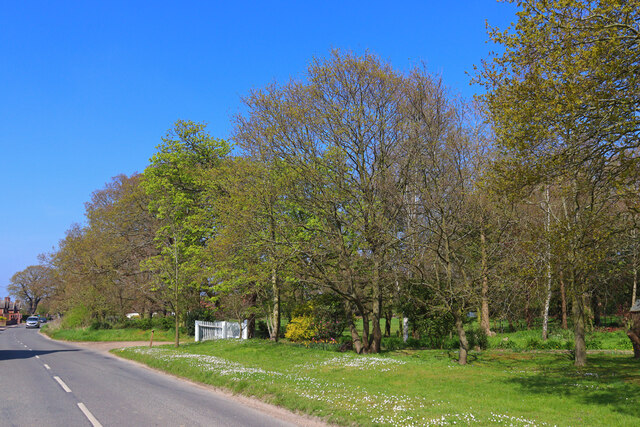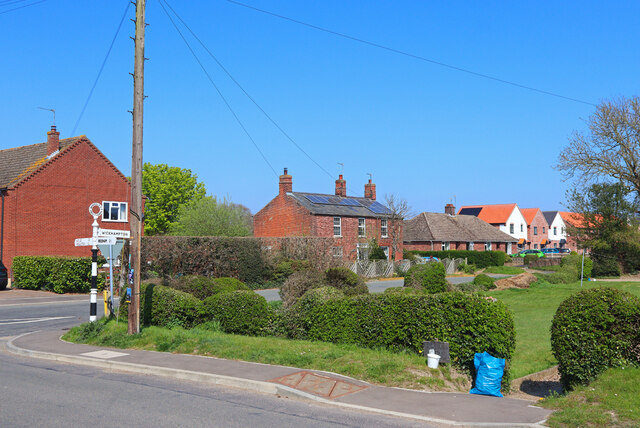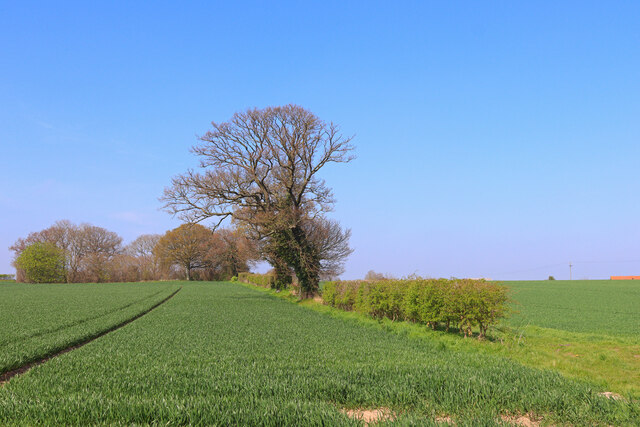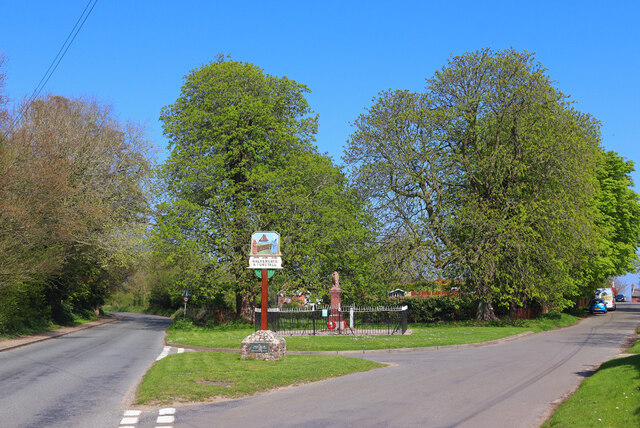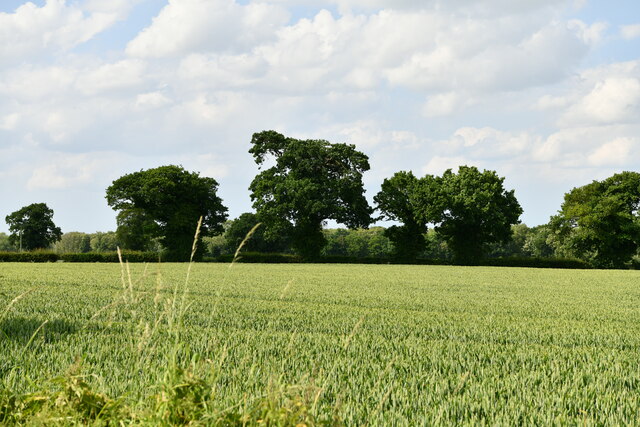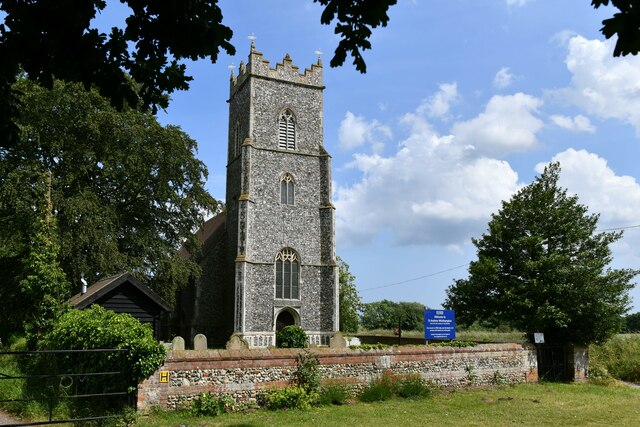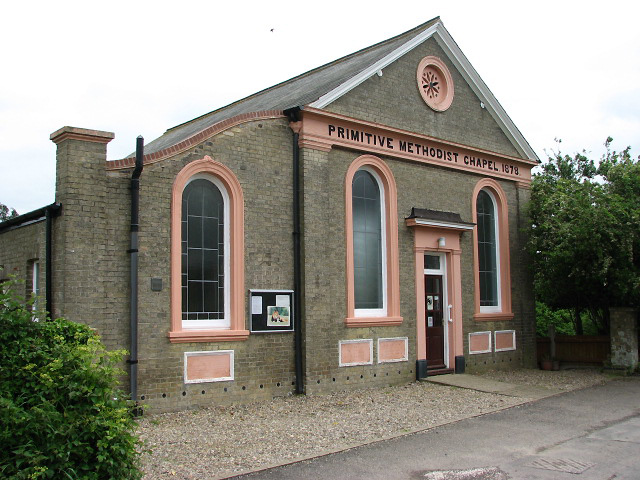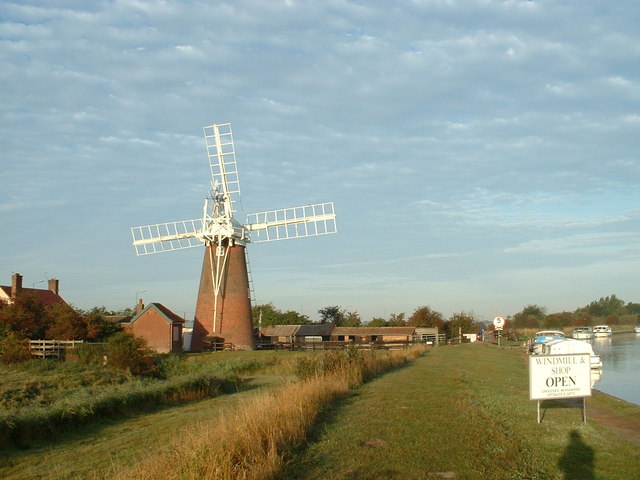Halvergate
Settlement in Norfolk Broadland
England
Halvergate
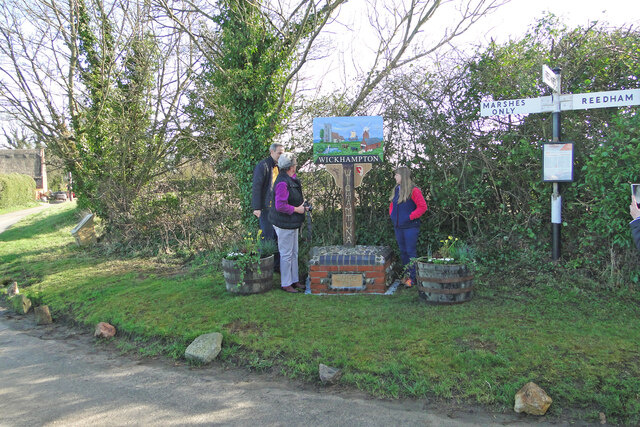
Halvergate is a village located in the county of Norfolk, England. Situated approximately 15 miles east of Norwich, it falls within the district of Broadland. With a population of around 700 residents, Halvergate is a small and close-knit community.
The village is known for its picturesque countryside, with an abundance of fields, farmlands, and waterways that surround the area. The River Bure flows nearby, providing opportunities for boating and fishing enthusiasts. Additionally, the Halvergate Marshes, a designated Site of Special Scientific Interest, can be found to the east of the village, featuring a diverse range of flora and fauna.
Halvergate boasts a rich history, evident in its architecture and landmarks. The village church, St. Peter and St. Paul, dates back to the 14th century and is a prominent feature in the area. Other historic buildings, such as Halvergate Hall and the Old Rectory, add to the charm and character of the village.
Despite its small size, Halvergate offers a range of amenities for its residents. These include a primary school, a village hall, and a local pub, providing a focal point for socializing. The village also benefits from good transport links, with nearby access to the A47 road, connecting it to Norwich and the wider region.
Overall, Halvergate offers a tranquil and picturesque setting, making it an attractive place to live for those seeking a peaceful rural lifestyle within close proximity to urban amenities.
If you have any feedback on the listing, please let us know in the comments section below.
Halvergate Images
Images are sourced within 2km of 52.602687/1.567068 or Grid Reference TG4106. Thanks to Geograph Open Source API. All images are credited.

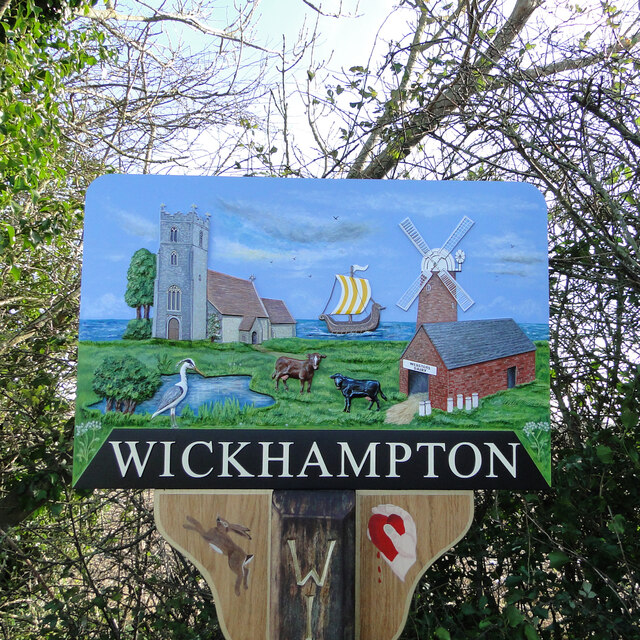
Halvergate is located at Grid Ref: TG4106 (Lat: 52.602687, Lng: 1.567068)
Administrative County: Norfolk
District: Broadland
Police Authority: Norfolk
What 3 Words
///onto.increased.dined. Near Acle, Norfolk
Nearby Locations
Related Wikis
Halvergate
Halvergate is a village and civil parish in the English county of Norfolk, north of Reedham, between the Rivers Bure and Yare, within The Broads. To the...
Freethorpe
Freethorpe is a village and civil parish in the English of Norfolk. The village is located 7.2 miles (11.6 km) south-west of Great Yarmouth and 11 miles...
St Mary's Church, Moulton
St Mary's Church is a redundant Anglican round-tower church near the village of Moulton St Mary, Norfolk, England. It is recorded in the National Heritage...
Tunstall, Norfolk
Tunstall is a village and former civil parish, now in the parish of Halvergate, in the Broadland district of Norfolk, England. It lies some 14 miles (22...
Nearby Amenities
Located within 500m of 52.602687,1.567068Have you been to Halvergate?
Leave your review of Halvergate below (or comments, questions and feedback).
